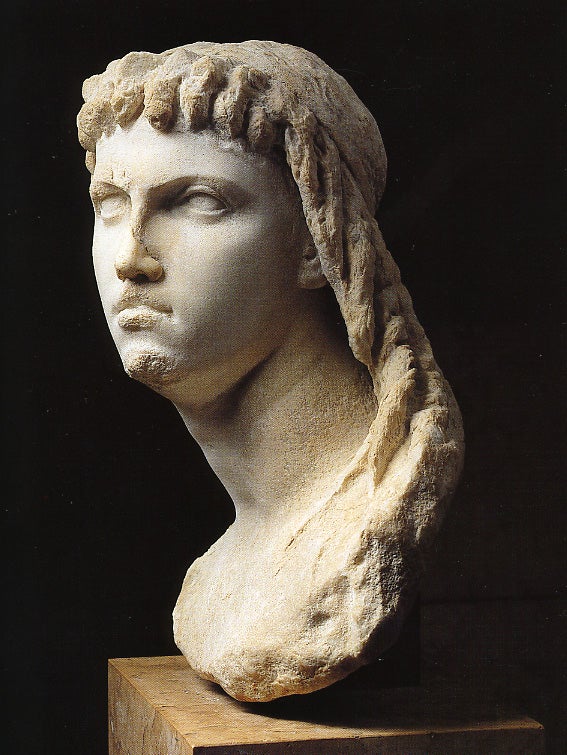Interest in the subject of women in positions of power – chiefly royalty – in antiquity has been greatly magnified over the past two decades. The groundbreaking work of Grace Harriet Macurdy in the 1930s (Hellenistic Queens: A Study of Woman-Power in Macedonia, Seleucid Syria, and Ptolemaic Egypt and Vassal-Queens and Some Contemporary Women in the Roman Empire) remains of great value, if only because nothing so comprehensive has replaced it as yet. Nevertheless, more contemporary approaches, a plethora of new evidence, and, more generally, increased interest in an alternative, more systemic and court-oriented view of power have created the opportunity and the need for vastly expanded work on ancient royal women.
What has been missing? Despite the frequent appearance of the term “power” in these studies, we have yet to see a sustained theoretical and analytical discourse on the meaning of “power” (or “powers”) and its application specifically to “powerful” females. The title of Macurdy’s treatise on Hellenistic queens indicates that the concept of power was core to her work, but like others, Macurdy tends to describe power (or individual manifestations of it) rather than define it. But with the great increase of scholarly interest in ancient female royalty, sufficient evidence has now been collected, studied, and published to allow us to undertake an in-depth examination of what is meant by “power” in the context of ancient royal women.
